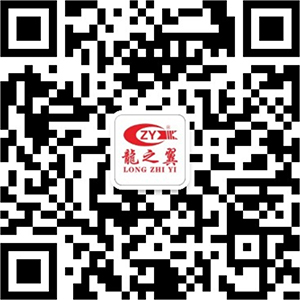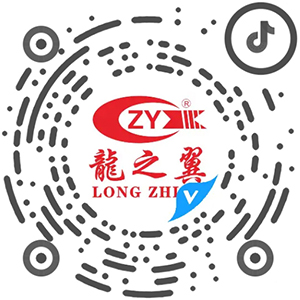General definition
Wire
Carrier used for conducting electrical energy.
Wire and cable
Wire products used for power (magnetic) energy, information and electromagnetic energy conversion.
Difference between Dongguan’s wires and cables
Dongguan wire is composed of one or several soft wires, covered with a light and soft sheath; the cable is composed of one or several insulated coated wires, and then covered with a tough outer layer made of metal or rubber. Cables and wires are generally composed of three components: core wire, insulating sheath and protective sheath. The characteristics of commonly used cables are as follows: CEF-ethylene propylene rubber insulated neoprene sheath, marine flame retardant power cable. CVV——PVC insulated, PVC sheathed marine flame retardant power cable. Oxygen cabin wires often use BV, BX, RV, RVV series wires, among which: BV-copper core PVC insulated wire, long-term allowable temperature 65 ℃, minimum temperature -15 ℃, working voltage AC 500V, DC 1000V, fixed laying It can be applied either indoors or outdoors, either in the open or in the dark. BX——Copper core rubber insulated wire, the maximum operating temperature is 65℃, and it should be used indoors. RV——PVC insulated single-core flexible wire, the maximum operating temperature is 65 ℃, the minimum operating temperature is -15 ℃, the working voltage is AC 250V, DC 500V, used as internal wiring of instruments and equipment. RVV——copper core PVC insulated and sheathed flexible wire, allow long-term working temperature of 105℃, working voltage AC 500V, DC 1000V, used in places with high humidity, high mechanical protection requirements, frequent movement and bending. In fact, there is no strict boundary between "wire" and "cable". Generally, products with a small number of cores, small product diameters, and simple structures are called wires, those without insulation are called bare wires, and others are called cables; those with larger conductor cross-sectional areas (greater than 6 square millimeters) are called big wires. Small (less than or equal to 6 square millimeters) are called small wires, and insulated wires are also called cloth wires. This is relatively simple and easy to understand!! Cables generally have more than 2 layers of insulation, and most are multi-core structures that are wound around the cable reel Above, the length is generally greater than 100 meters. The wire is generally single-layer insulated, single-core, 100 meters in one roll, wireless reel. Common cable models: VV means: PVC insulation (first V), PVC sheath (second V) YJV22 means: cross-linked PVC insulation (YJ), PVC sheath (V) , Steel belt Kaiser (22) Models with "ZR" or "FR" are flame retardant cables (wires). It is simpler to add "L" for aluminum wire: BVV--polyvinyl chloride insulated and sheathed copper core wire, BV--polyvinyl chloride insulated copper core wire, BYJ--copper core crosslinked polyolefin insulated wire, BVR--PVC insulated copper core cord, BX--rubber insulated copper core cord, RHF--chloroprene sheathed copper core cord.
(2) Small diameter is called "wire"; large diameter is called "cable".
(3) The simple structure is called "wire"; the complex structure is called "cable".
But with the expansion of the scope of use, many varieties of "cable in the wire", "cable in the cable". So there is no need to strictly distinguish.
In daily habits, people call household cloth wires and wires, and power cables for short.
Wire and cable mainly include bare wire, winding wire, power cable, communication cable and optical cable, and electrical equipment.
Dongguan wire and cable is composed of four parts: conductor, insulation layer, shielding layer and protective layer.
(1) Conductor
Conductor is the conductive part of wire and cable, used to transmit electrical energy, and is the main part of wire and cable.
(2) Insulation layer
Insulation layer electrically isolates the conductor from the earth and conductors of different phases to ensure the transmission of electrical energy, and is an indispensable part of the wire and cable structure.
(3)Shielding layer
15KV and above wire and cable generally have conductor shielding layer and insulation shielding layer.
(4)Protective layer
The role of the protective layer is to protect the wires and cables from the intrusion of external impurities and moisture, and to prevent external forces from directly damaging the power cables.
Follow me



Consult
